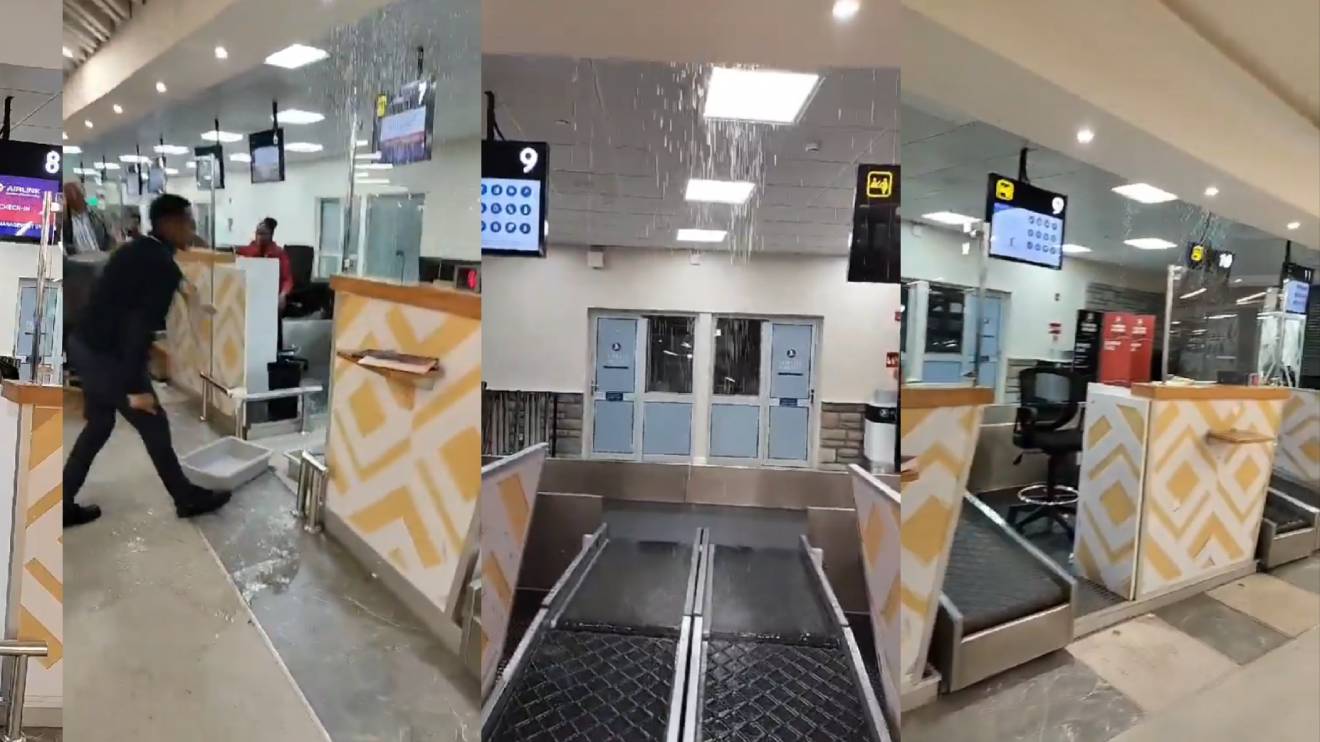Kenya's struggling state-owned entities are set to receive a significant lifeline as the government rolls out a comprehensive bail-out plan aimed at revitalizing their operations and ensuring economic benefits.
Under the program, sugar millers, Kenya Airways, and Kenya Power emerge as the primary beneficiaries, signalling a strategic effort to stabilize key sectors of the economy.
Sugar Industry Revival Takes Center Stage
Aiming to breathe new life into the debt-ridden state-owned sugar companies, including Nzoia, Chemelil, Miwani, Muhoroni, South Nyanza, and Mumias, the Cabinet has greenlit a revival and commercialization plan that is expected to cost a substantial Sh117 billion.
President William Ruto, during his five-day development tour of the Western Kenya region, affirmed his government's commitment to the sugar industry's rejuvenation.
Read More
"I have asked the members of parliament to write off the debt facing our state-owned cane millers," Ruto said.
Kenya Power's Restructuring Endeavors
Kenya Power, a cornerstone of the nation's energy sector, is undergoing significant restructuring efforts.
The focus of the overhaul lies in addressing substantial loan balances, payables, and receivables, with a Sh19.4 billion bailout plan.
Treasury CS Njuguna Ndungú outlined a four-point action plan that includes transferring transmission assets and lines to the Kenya Electricity Transmission Company (KETRACO) and settling outstanding Rural Electrification Schemes (RES) operations and maintenance costs. Furthermore, a commercial contract for future Rural Electrification Schemes maintenance cost will be established between Kenya Power and the Rural Electrification and Renewable Energy Corporation (REREC).
Kenya Airways on the Path to Profitability
Kenya Airways, the national airline, is also a key focus of the government's bail-out strategy. The government has already serviced guaranteed debt on behalf of the airline amounting to Sh12.3 billion for the year ending June 30. Treasury's objective is to turn around the airline's fortunes and position it as a Pan-African carrier.
"The government’s policy stance is to turnaround the airline and position it as a Pan-African carrier," CS Ndungú highlighted during his budget speech.
To achieve this, additional support will be extended to the airline's operations, with the aim of reducing its dependency on budgetary assistance and achieving long-term profitability and sustainability objectives.
Challenges Faced by State Entities
While the bail-out plan seeks to provide a lifeline to struggling entities, the broader financial challenges facing state-owned corporations and partially government-owned companies are evident.
Over Sh921 billion in interest payments remains unserviced, highlighting ongoing financial struggles despite previous bail-outs. Cumulated un-serviced statutory obligations and pension liabilities have also mounted into billions of Kenya shillings, reflecting the burden of bloated payrolls.
Tackling the Future
As the government rolls out this ambitious bail-out plan, it faces the broader challenge of fiscal exposure, with Treasury estimating a potential exposure of Sh2.8 trillion in case of loan defaults.
The World Bank and the IMF have called for the consolidation and sale of loss-making state agencies to address budgetary deficits.
With nearly 400 state agencies, half of which are regulatory bodies, the government is expected to navigate a complex path towards fiscal stability.
The Kenyan government's extensive bail-out plan marks a significant step towards revitalizing the country's struggling state-owned entities.
As sectors like sugar, energy, and aviation receive renewed attention, the government's approach aims to drive economic benefits and set the stage for sustainable growth in the years to come.

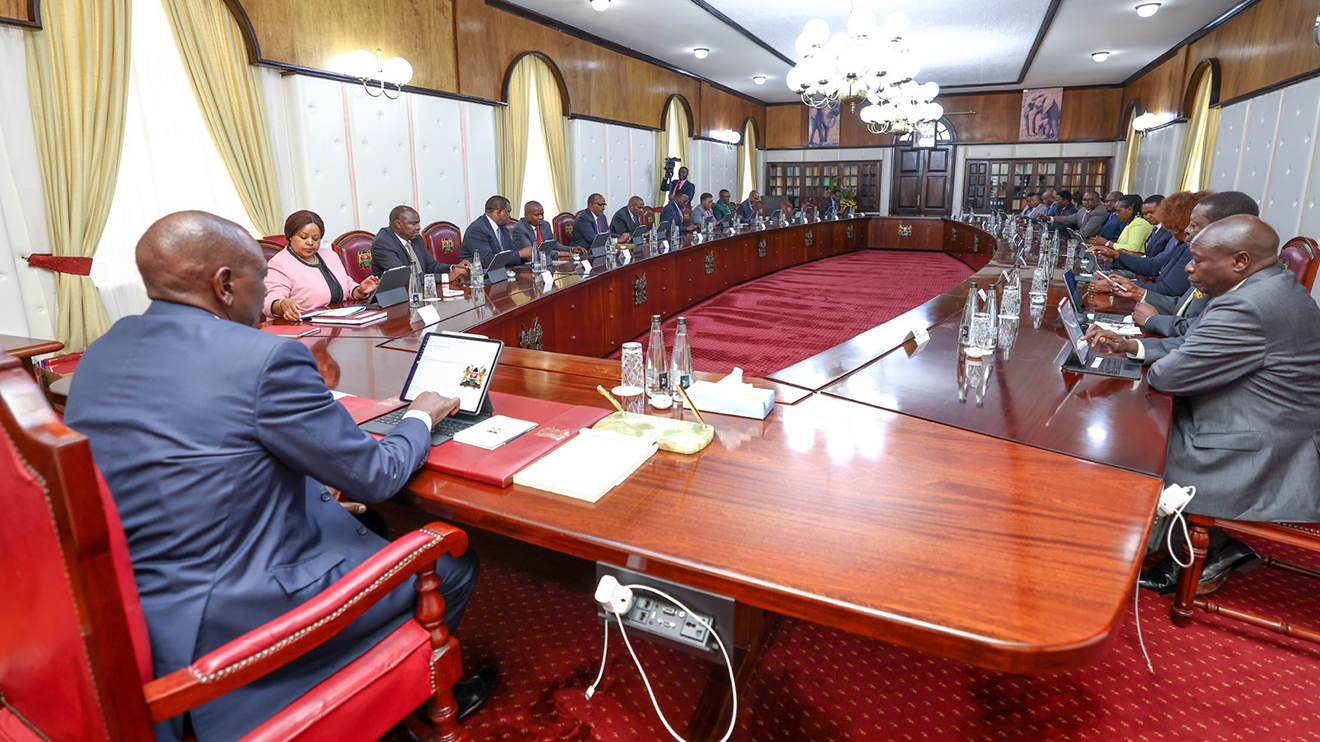

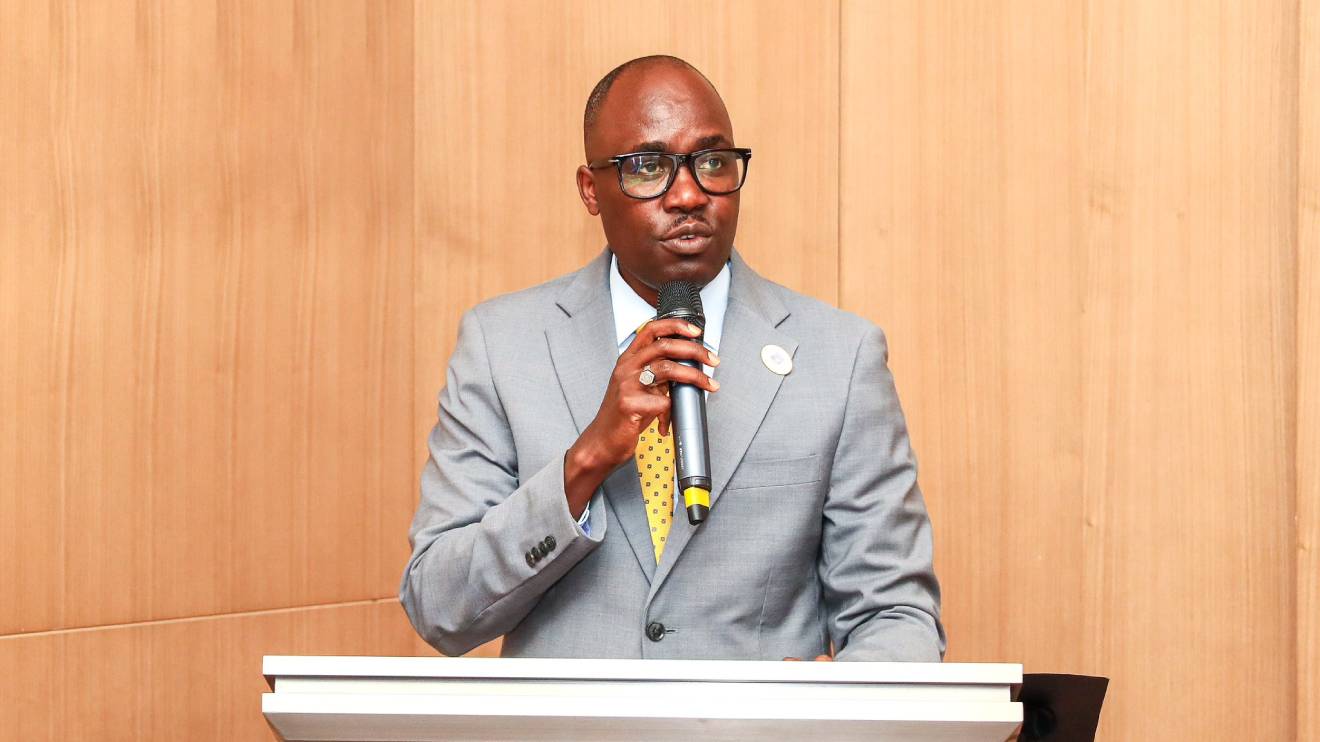
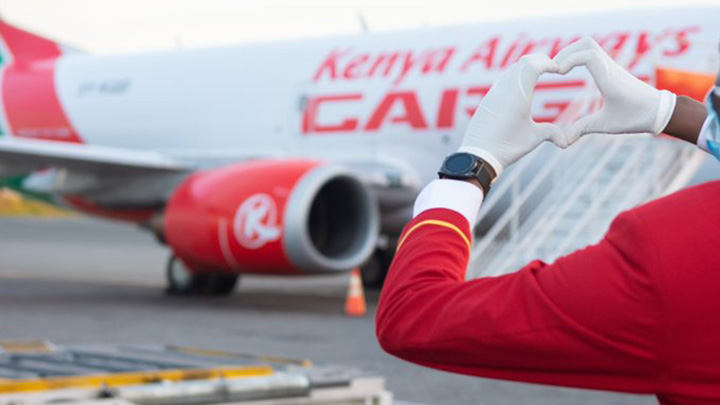
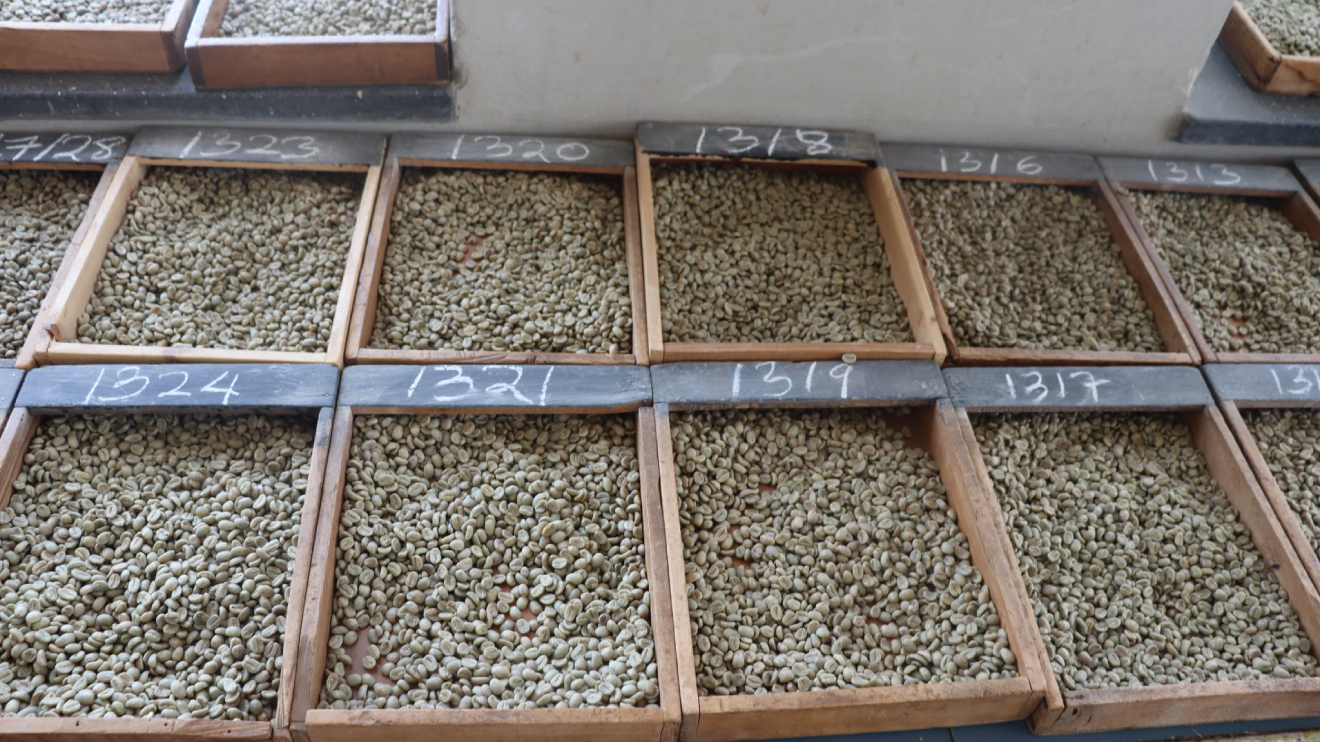



-1714232911.jpeg)

